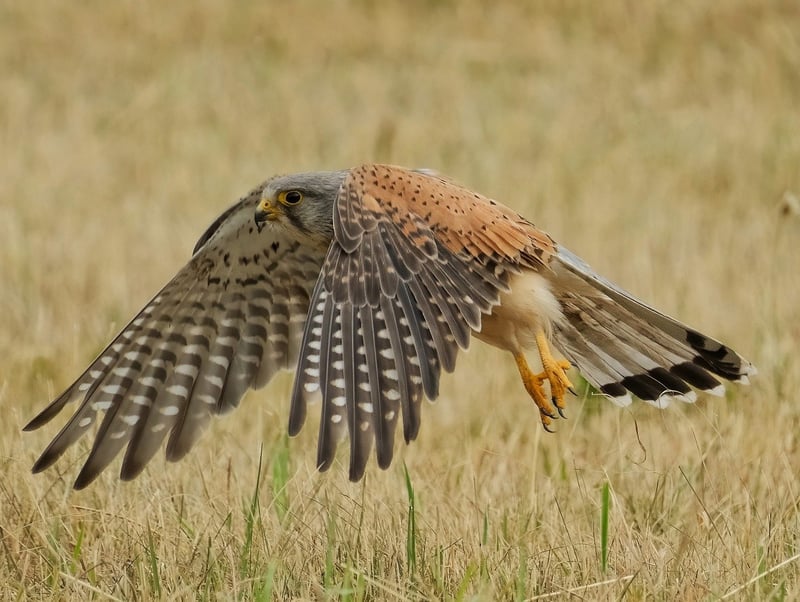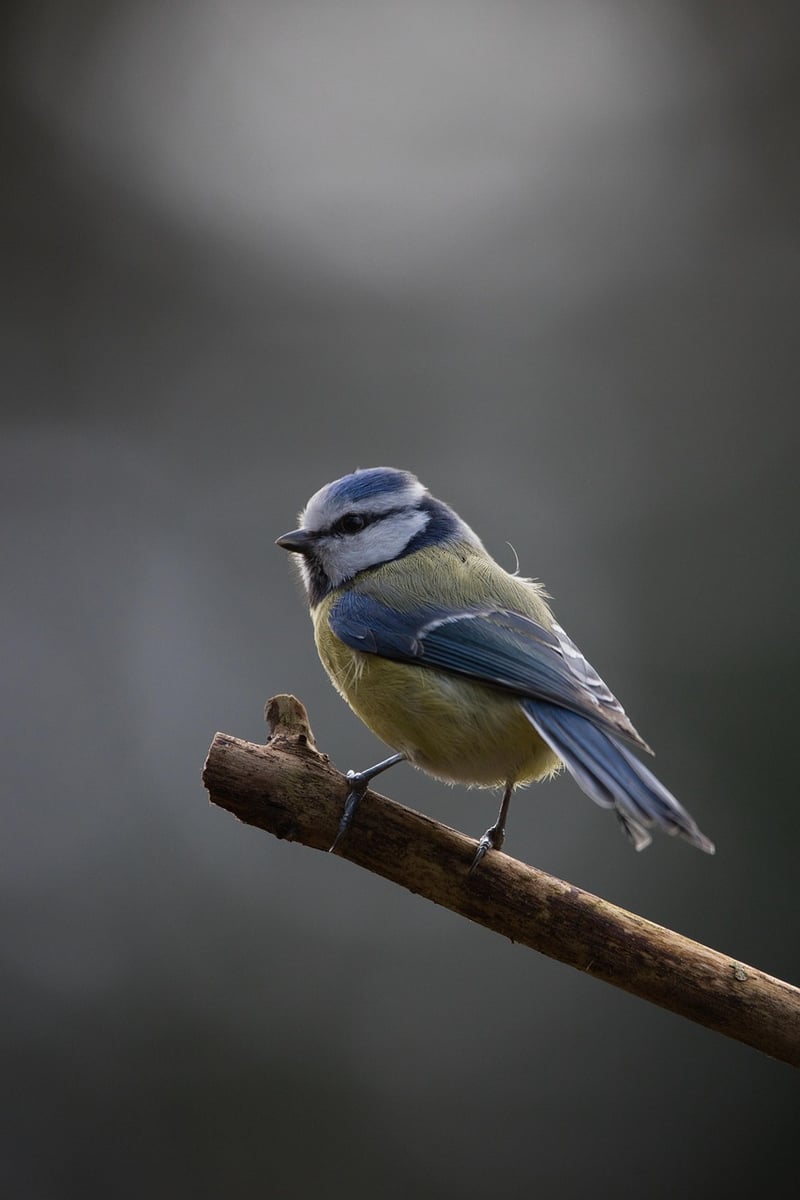Wildlife Photography
The Thrill of Wildlife Encounters: A Guide to Wildlife Photography
Wildlife encounters offer a unique and exhilarating experience for nature enthusiasts and photographers alike. Capturing these moments through photography allows us to preserve the beauty of the natural world and share it with others. Whether you are a seasoned photographer or just starting out, here are some tips to help you make the most of your wildlife photography adventures.
Choose the Right Equipment
When it comes to wildlife photography, having the right equipment can make all the difference. A good quality camera with a telephoto lens will allow you to capture detailed shots of animals from a distance without disturbing them. Tripods and monopods can also be handy for stabilizing your camera and lens, especially when shooting in low light conditions.
Patience is Key
Wildlife photography requires a great deal of patience. Animals can be unpredictable, and getting the perfect shot may take time. Find a good vantage point, observe the animal's behavior, and be prepared to wait for the right moment to press the shutter button. Remember, patience is a virtue in wildlife photography.
Respect the Wildlife
When photographing wildlife, it's important to respect their natural habitat and behavior. Avoid getting too close to the animals or disturbing them in any way. Use a telephoto lens to maintain a safe distance and always prioritize the well-being of the animals over getting the perfect shot.
Timing and Lighting
The best time for wildlife photography is often during the golden hours of sunrise and sunset when the light is soft and warm, creating a magical atmosphere. Pay attention to the direction of light and shadows to capture stunning images with depth and dimension.
Composition and Creativity
Don't be afraid to experiment with different angles, compositions, and perspectives to create unique and captivating wildlife images. Focus on the animal's eyes and try to capture their expressions and emotions. Remember, wildlife photography is not just about documenting animals but also telling a story through your images.
Post-Processing and Editing
After capturing your wildlife photos, take the time to enhance them through post-processing and editing. Adjust the exposure, contrast, and colors to bring out the details and beauty of the animals. But remember to keep the edits subtle and natural to maintain the authenticity of the wildlife moment.
Share and Inspire
Once you have captured some stunning wildlife photos, don't keep them to yourself. Share your work with others to inspire appreciation for nature and wildlife conservation. Use social media, photography websites, or enter your images into contests to showcase your talent and passion for wildlife photography.
Embark on your wildlife photography journey with these tips in mind and immerse yourself in the beauty and wonder of the natural world. Happy shooting!

Image source: Pixabay
